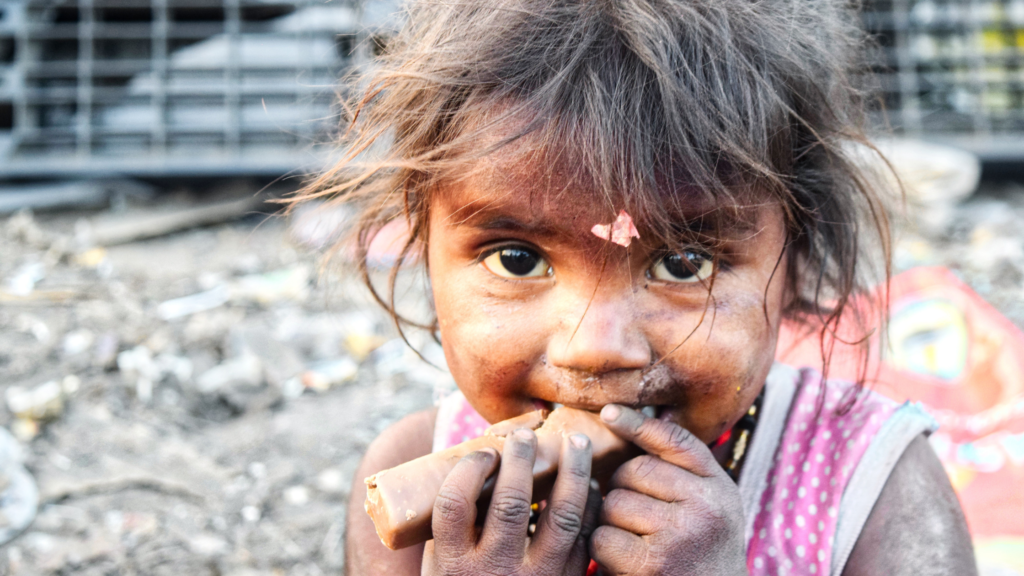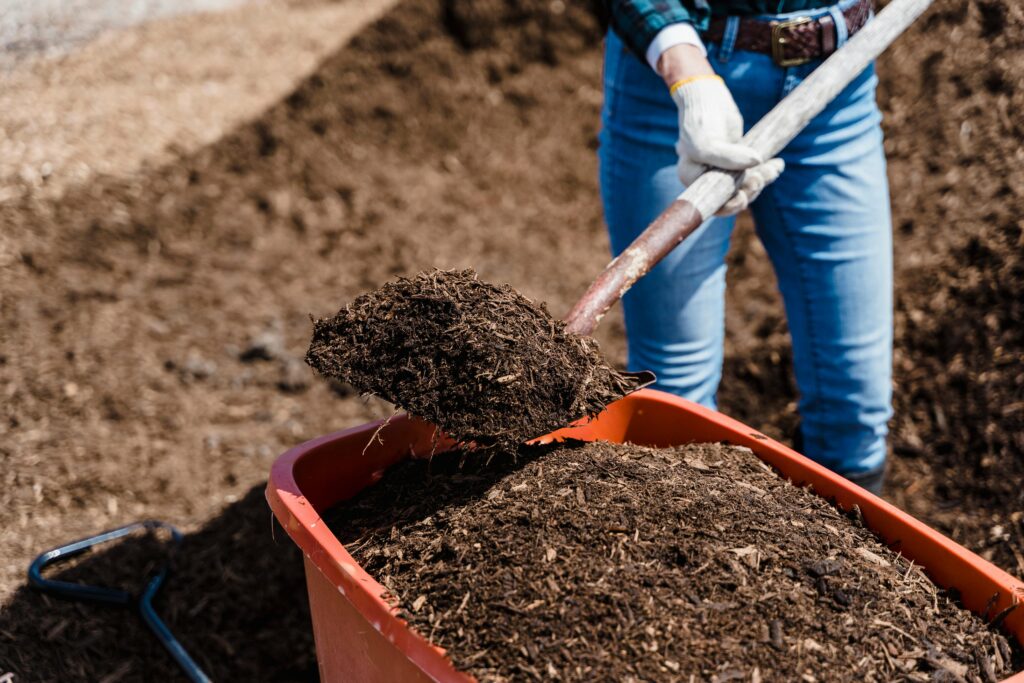The fight against poverty is a relentless battle on multiple fronts. Yet, one fundamental need stands out as a cornerstone for a dignified life: access to safe and nutritious food. For the Bottom Billion – the most vulnerable populations living on less than $1.90 a day – food insecurity isn’t just a statistic; it’s a constant and devastating reality. This lack of consistent access to adequate food not only threatens their physical health but also traps them in a cycle of poverty, hindering their ability to break free.
The Harsh Reality of Food Insecurity
The fight against hunger faces a stark reality. According to the latest data from the World Food Programme, as many as 783 million people are facing chronic hunger. This represents a potential year-on-year increase, highlighting the growing severity of the global food crisis.
The urgency of addressing food insecurity, particularly for the Bottom Billion, is undeniable. Implementing effective solutions is no longer an option, but a necessity for building a future free from hunger and filled with opportunity.
Understanding Food Insecurity for the Bottom Billion
The struggle for food security for the Bottom Billion isn’t a simple one. It’s like a tangled mess with several key problems at its core:
- Climate Change: Erratic weather patterns, a hallmark of climate change, disrupt agricultural production. Droughts, floods, and extreme weather events lead to crop failures, directly impacting food availability for vulnerable communities. These disruptions also drive up food prices, making nutritious options even more out of reach for families living on the brink.
- Conflict and Political Instability: Conflict and political instability create a devastating ripple effect on food security. Warfare and civil unrest disrupt agricultural production, displacing populations from their land and traditional food sources. Infrastructure damage and limited access to markets further hinder food distribution efforts, exacerbating food shortages in already fragile regions.
- Poverty’s Vicious Cycle: Poverty itself is a major driver of food insecurity. Living on less than $1.90 a day leaves families with limited resources to purchase food, even when it’s available. This creates a vicious cycle, where inadequate nutrition hinders their ability to work effectively, further limiting their income and perpetuating the struggle to access food.
Building a Resilient Food System
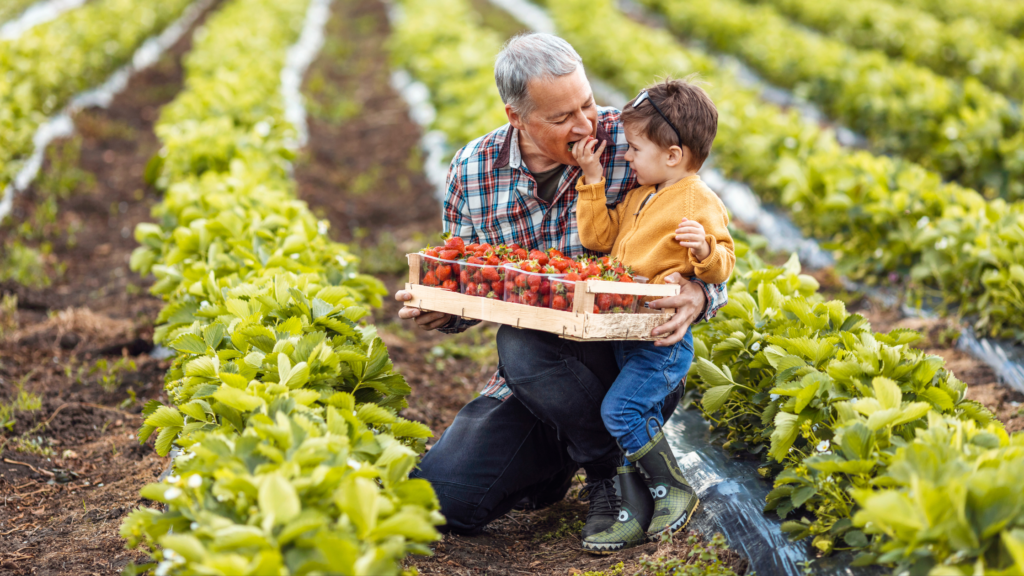

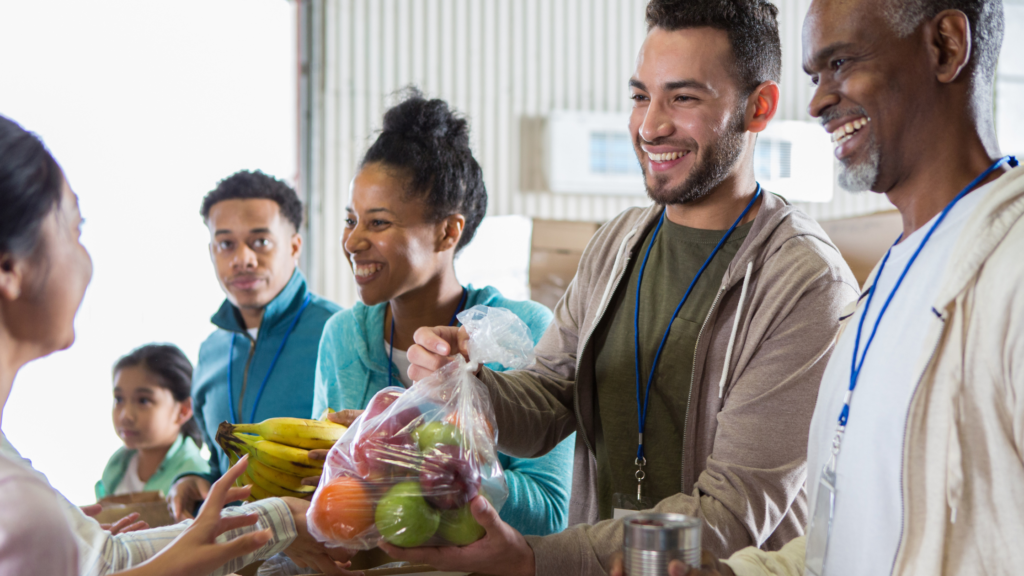
Combating food insecurity for the Bottom Billion requires a multi-pronged approach that addresses both the immediate needs and the long-term challenges. Here are some key solutions:
- Sustainable Agriculture: Investing in and promoting sustainable farming practices is crucial. This includes educating communities on techniques for water conservation, soil management, and improved crop varieties. By fostering resilient agricultural systems, we can ensure long-term food security even in the face of unpredictable weather patterns.
- Empowering Local Farmers: Supporting smallholder farmers in the bottom billion is vital. Providing access to credit, training in sustainable farming techniques, and fair market access allows them to increase yields, improve food security within their communities, and create a sustainable income source.
- Food Distribution Programs: Well-designed food distribution programs can provide a crucial safety net for the most vulnerable populations during times of food shortages. However, it’s important to couple these programs with long-term solutions to empower communities and promote self-reliance.
- Technological Innovation: Technological advancements hold immense potential in the fight against food insecurity. Precision agriculture techniques can optimize resource usage and improve yields. Additionally, innovations in food storage and transportation can minimize post-harvest losses, ensuring food availability for the bottom billion.
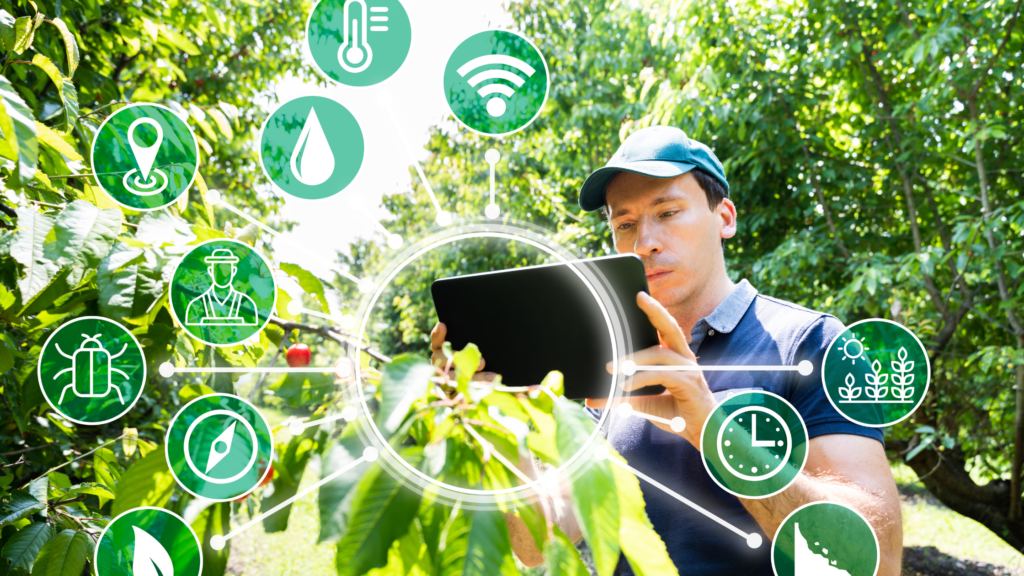
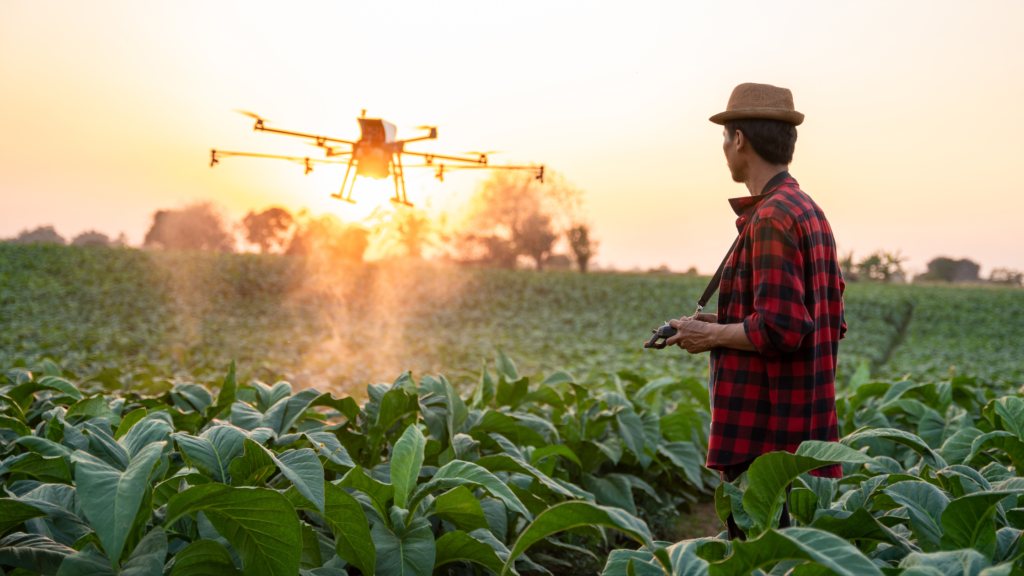
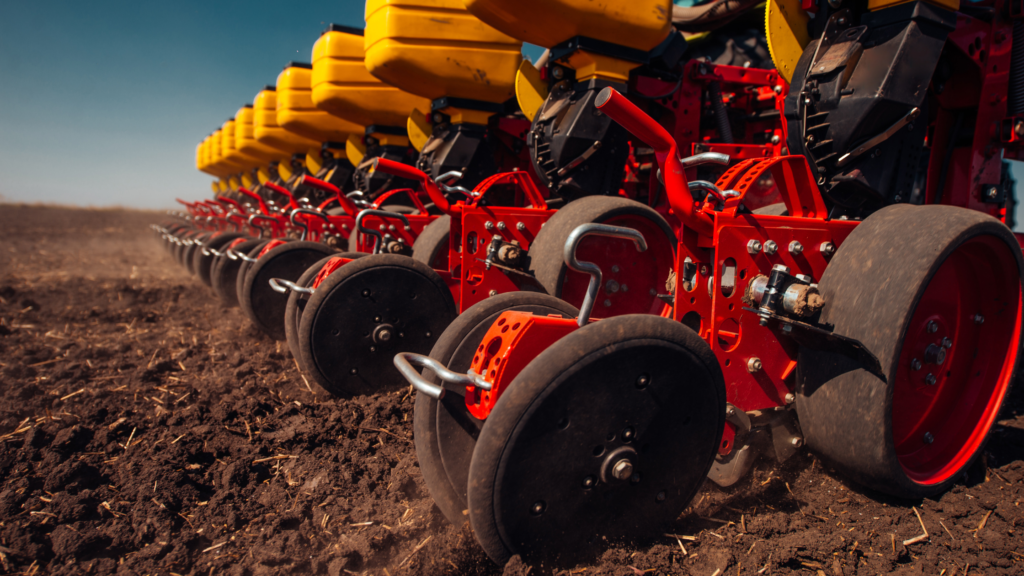
Collaboration for Change
Building a food-secure future for the bottom billion requires collaboration. Governments, international organizations, and the private sector must work together to create an enabling environment for food security initiatives. Additionally, raising awareness among the global community is crucial. By understanding the challenges faced by the bottom billion, individuals can support organizations working towards food security solutions and advocate for policies that prioritize food security for all.
Investing in a Food-Secure Future
Ensuring that everyone, regardless of circumstance, has access to the nutritious food they need to thrive means building a better future. By investing in sustainable agriculture, empowering local communities, and collaborating across sectors, we can dismantle the barriers to food security for the Bottom Billion. This not only improves their health and well-being but also empowers them to break the cycle of poverty and contribute to a more equitable and sustainable world for all.

